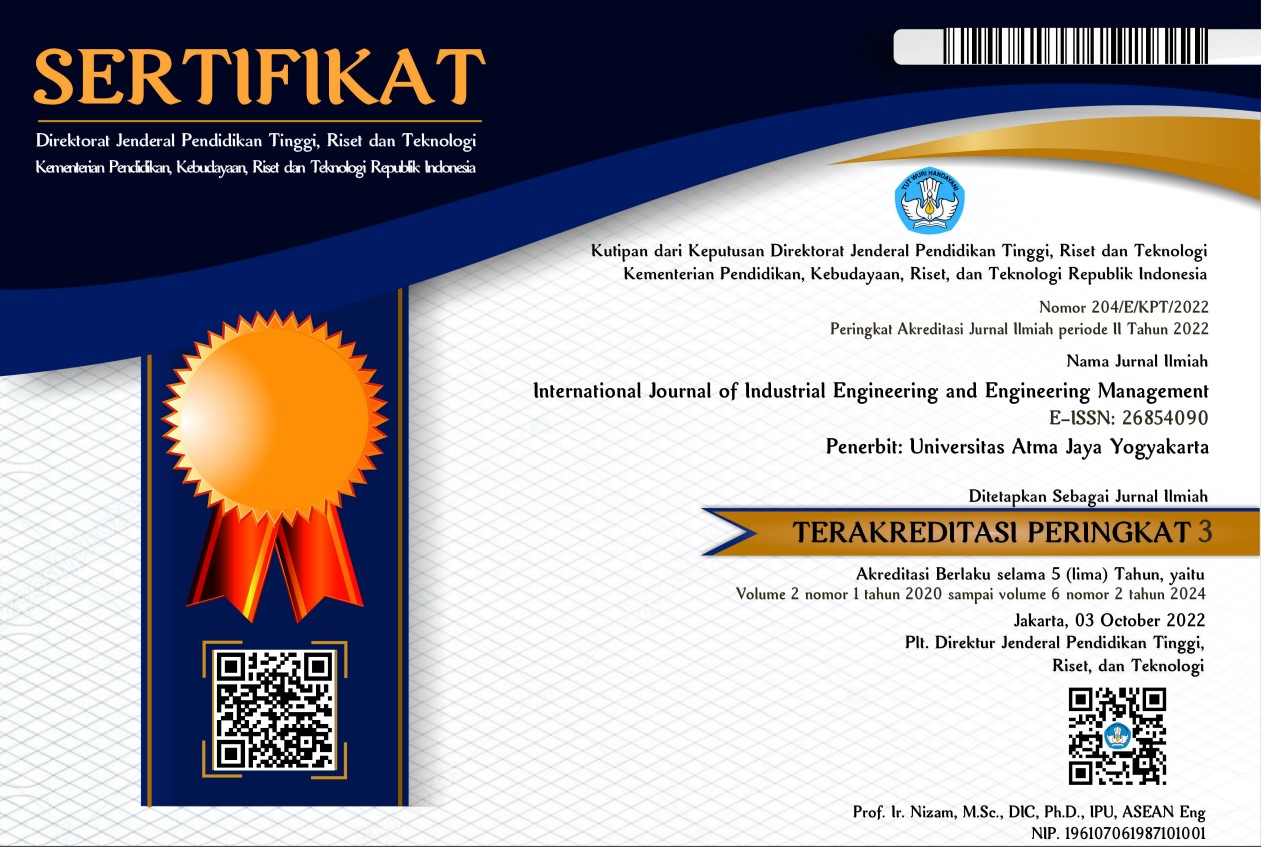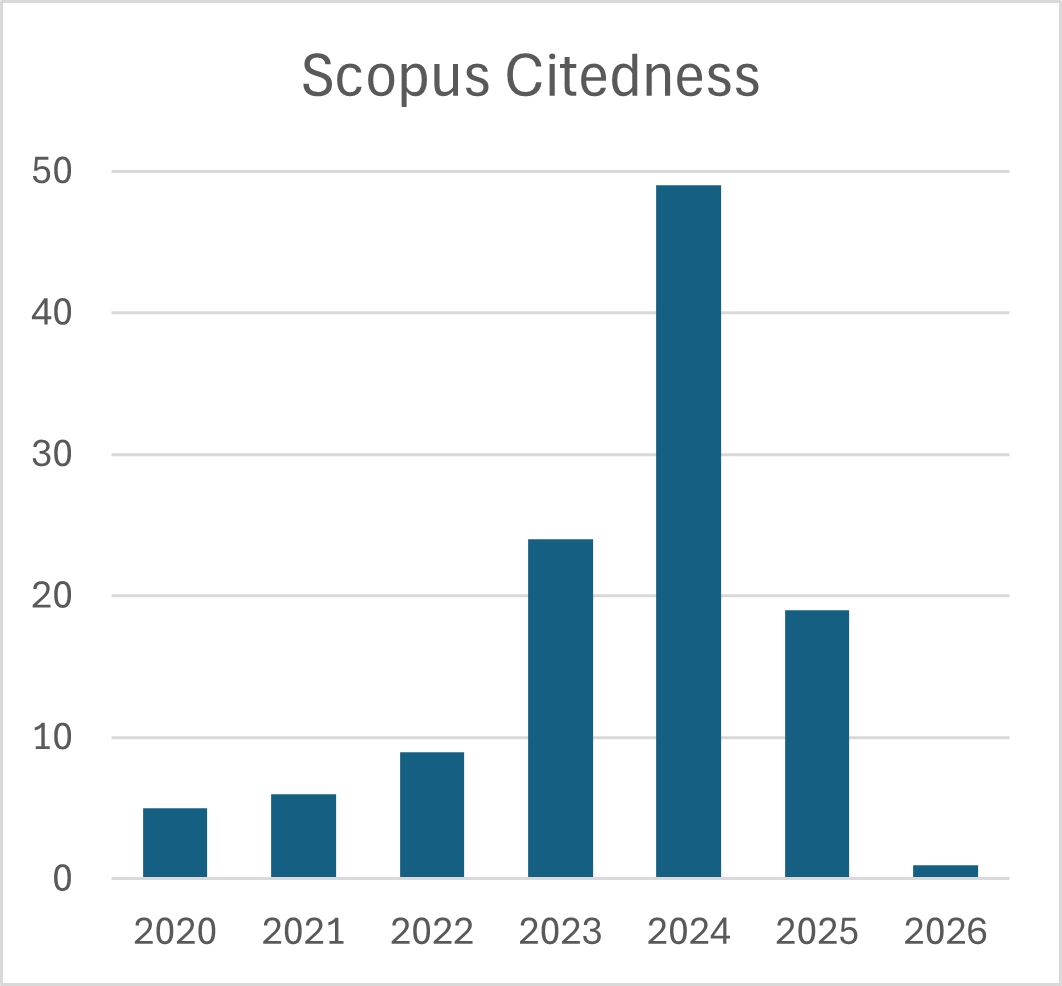
Article in Press
1. Spatial-Temporal Pattern and Influencing Factors of Listed Enterprises in China's Strategic Emerging Industries
Peichao Dai
This study analyzes the structure and spatial distribution of listed companies in China's strategic emerging industries (SEIs) from 2010 to 2021, using a quantitative approach. An industrial diversity index is created to assess provincial structures, and spatial agglomeration is examined through a spatial autocorrelation model. The distribution is visualized with kernel density estimation (KDE), and migration patterns of the gravity center are tracked. The key findings are as follows: (1) Significant regional disparities in SEI development exist, with greater diversity in the Yangtze River Delta (YRD), Beijing-Tianjin-Hebei (BTH), and the Pearl River Delta (PRD) compared to other regions; (2) The distribution shows strong positive spatial autocorrelation, indicating a pronounced agglomeration effect; (3) The spatial center of gravity primarily shifts within Central China; (4) The distribution follows a pattern of decreasing concentration from the eastern coastal areas to the western inland regions, with scattered presence in the central and northeastern regions; (5) Key factors such as economic development (DN values), policy support, R&D investments, passenger turnover, and technology market activity play a significant role in shaping the number of listed companies in each region. This analysis offers valuable insights for policymakers aiming to guide regional industrial development.
[Accepted Date: 2025-06-26]
2. Coating Adherence Optimization for 67Ni18Cr5Si4B Alloy Powder by High-Velocity Oxygen Fuel Spray Based on the Grey Wolf Algorithm Method
Anthony Ozimu Adekola, Bayo Yemisi Ogunmola, Modupe Adeoye Onitiri, Nehemiah Sabinus Alozie, Adeyinka Oluwo, John Rajan, Swaminathan Jose, Sunday Ayoola Oke
Adhesion engineers increasingly use coats in industrial equipment on gas turbine blades and vanes because of the benefits of protection against thermal stresses, oxidation and hot corrosion. However, the coating process has suffered sub-optimal value determination, posing a serious threat to the economics of coating. While the prevailing approach of introducing the Taguchi method appears effective in resolving this issue, it sacrifices convergence speed and multiple optimization solutions. Thus, the grey wolf algorithm is proposed to optimize the coating of 67Ni18Cr5Si4B alloy powder process parameters including powder feed rate, spray velocity and spray distance. The high-velocity oxygen fuel spray was used, and the objectives were good microhardness, adhesion strength, and porosity. The optimal value to obtain the best coating for each of the responses was given as 85MPa for the adhesion strength, 0.684909% porosity and 583.04HV microhardness. The present study offers important insights into the optimization thresholds to help the components development process. The quantitative form of this work is new. Fast convergence solutions offered by metaheuristics such as the grey wolf optimization algorithm are rarely found in the literature.
[Accepted Date: 2025-07-22]
3. Proposed Framework Based on K-Means Clustering Technique to Provide Recommendation in Designing Job Rotation
Arhens Supono, Ririn Diar Astanti
Designing work rotation (JR) is crucial for a company. It is necessary to design JR based on objective recommendations. With the current development of information technology, it is very possible for companies to store employee data digitally. Additionally, companies can process employee data using data mining techniques. Then the result can be used as a basis for designing JR. This research aims to provide a framework using the K-Means clustering technique to provide recommendations as a basis for designing JR. The proposed framework is implemented in a real case, specifically targeting 490 machine operators and technicians in a cigarette manufacturer in Indonesia. The clustering analysis results reveal a grouping of operators and technicians into five distinct categories. Furthermore, the characteristics of each group can be used as one criterion for providing recommendations for designing JR
[Accepted Date: 2025-07-30]






